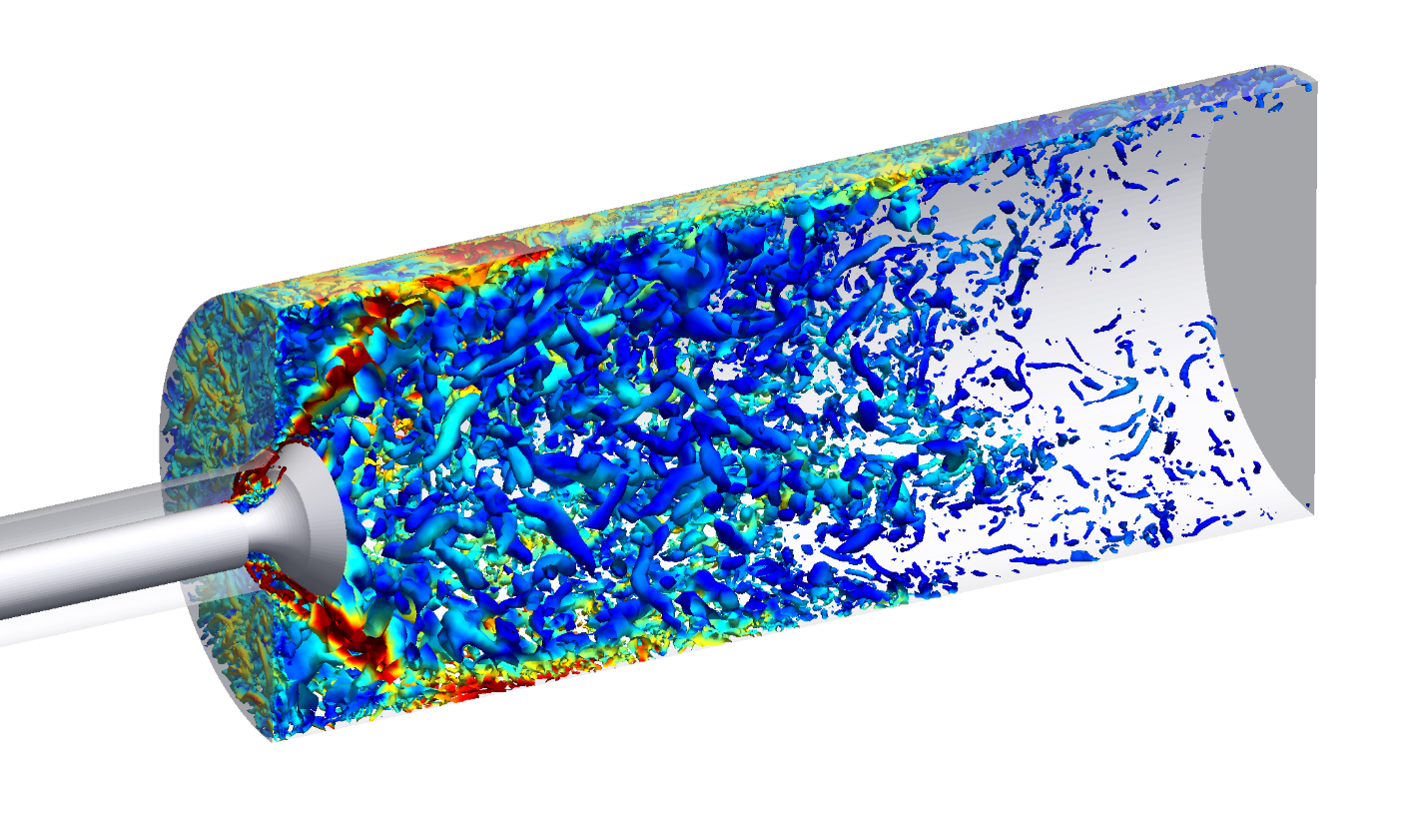Development of 3D CFD core-software of automotive engine combustion chamber
JAXA Supercomputer System Annual Report February 2024-January 2025
Report Number: R24EDA201N11
Subject Category: Aeronautical Technology
- Responsible Representative: MizobuchiYasuhiro, Project manager, Aviation Technology Directrate, XANADU Project Team
- Contact Information: Taisuke Nambu, Aviation Technology Directorate, Fundamental Aeronautics Research Unit(nambu.taisuke@jaxa.jp)
- Members: Hiroyuki Abe, Atsushi Fujino, Ryohei Kirihara, Takuhito Kuwabara, Daiki Miyai, Taisuke Nambu, Daichi Obinata, Kei Shimura, Shogo Yasuda, Hiroki Yao
Abstract
Enhancing CAE utilization in automotive engine research through the development of a shared engine combustion simulation software for the Japanese automotive research community.
Reference URL
N/A
Reasons and benefits of using JAXA Supercomputer System
Massive-parallel large scale simulation, Large number of simulations fo software validation
Achievements of the Year
To make the HINOCA thermal-fluid analysis software for automotive engines, developed under this business code, more practical, we have set five key themes to enhance its functionality further:
1. Advancement of cell-based AMR method
2. Flux correction method at AMR boundaries
3. Enhancement of coupled analysis with heat conduction simulations
4. Improvement of extinction modeling
5. Implementation of features to enhance usability

Fig.1: An example of grid generation for an automotive engine combustion chamber using cell-based AMR

Fig.2: An example of flow field analysis in a combustion chamber using cell-based AMR and a high-order accuracy analysis scheme
Publications
- Oral Presentations
Taisuke Nambu, Hiroki Yao, Takuhito Kuwabara, Ryohei Kirihara and Yasuhiro Mizobuchi, Research and Development of a Combustion Flow Analysis Program for Reciprocating Engines Using the Cartesian Grid and an Immersed Boundary Method,19th International Conference of Numerical Combustion
Usage of JSS
Computational Information
- Process Parallelization Methods: MPI
- Thread Parallelization Methods: OpenMP
- Number of Processes: 1 - 2048
- Elapsed Time per Case: 168 Hour(s)
JSS3 Resources Used
Fraction of Usage in Total Resources*1(%): 0.66
Details
Please refer to System Configuration of JSS3 for the system configuration and major specifications of JSS3.
| System Name | CPU Resources Used(Core x Hours) | Fraction of Usage*2(%) |
|---|---|---|
| TOKI-SORA | 16079773.17 | 0.74 |
| TOKI-ST | 109994.83 | 0.11 |
| TOKI-GP | 0.00 | 0.00 |
| TOKI-XM | 0.00 | 0.00 |
| TOKI-LM | 0.00 | 0.00 |
| TOKI-TST | 0.00 | 0.00 |
| TOKI-TGP | 0.00 | 0.00 |
| TOKI-TLM | 0.00 | 0.00 |
| File System Name | Storage Assigned(GiB) | Fraction of Usage*2(%) |
|---|---|---|
| /home | 414.31 | 0.28 |
| /data and /data2 | 488563.39 | 2.34 |
| /ssd | 2769.95 | 0.15 |
| Archiver Name | Storage Used(TiB) | Fraction of Usage*2(%) |
|---|---|---|
| J-SPACE | 31.53 | 0.10 |
*1: Fraction of Usage in Total Resources: Weighted average of three resource types (Computing, File System, and Archiver).
*2: Fraction of Usage:Percentage of usage relative to each resource used in one year.
ISV Software Licenses Used
| ISV Software Licenses Used(Hours) | Fraction of Usage*2(%) | |
|---|---|---|
| ISV Software Licenses(Total) | 165.75 | 0.11 |
*2: Fraction of Usage:Percentage of usage relative to each resource used in one year.
JAXA Supercomputer System Annual Report February 2024-January 2025


